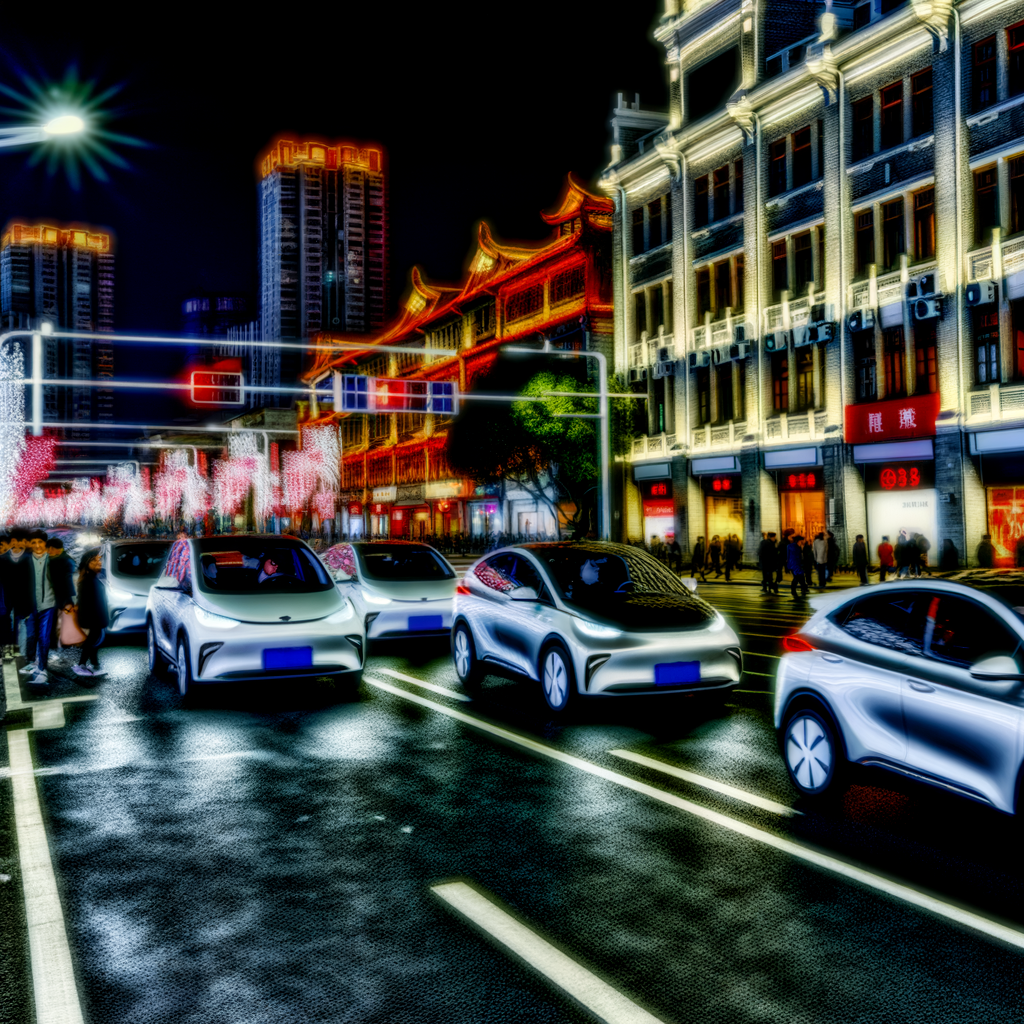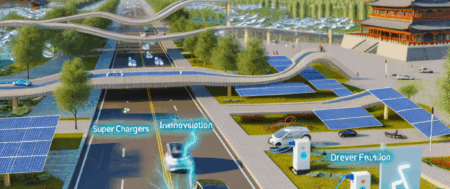In the world’s largest automotive market, China, both foreign automakers and domestic car brands face a unique mix of challenges and opportunities amid a growing economy, rapid urbanization, and heightened environmental concerns. The drive towards Electric Vehicles (EVs) and New Energy Vehicles (NEVs), supported by significant government incentives, a complex regulatory landscape, and shifting consumer preferences towards greener options, defines the market. Success hinges on strategic partnerships, often in the form of joint ventures, enabling access to the vast market and technological advancements. The Chinese government plays a central role in this shift, promoting EVs and NEVs to address pollution and lead in sustainable transportation. Adapting to market competition, leveraging advancements, and aligning with national goals are key for thriving in this dynamic environment.
In the heart of the global automotive industry’s revolution stands China, the world’s top and Largest Automotive Market, steering the future of mobility with its unmatched pace of growth, urbanization, and a keen focus on Electric Vehicles (EVs) and New Energy Vehicles (NEVs). As the backbone of a rapidly Growing Economy and home to a burgeoning middle class, China’s automotive market is a vibrant landscape of innovation, consumer dynamics, and strategic maneuvering. With an increasing emphasis on environmental concerns, the country is accelerating towards electrification, making it the epicenter of the global shift towards EVs and NEVs. This transition is further bolstered by significant Government Incentives and a regulatory landscape that promotes green technology.
Foreign Automakers and Domestic Car Brands alike are keen to navigate this complex yet lucrative market, often resorting to Joint Ventures as a strategic gateway to tapping into China’s vast consumer base. However, to truly excel, understanding the intricacies of Consumer Preferences, Technological Advancements, and the Regulatory Landscape is paramount. This article delves deep into the dynamics of China’s automotive sector, exploring how factors such as Market Competition, Strategic Partnerships, and innovation are shaping the industry. From “Navigating the World’s Largest Automotive Market” to predicting “The Road Ahead,” we unfold the layers that make China’s automotive market a fascinating study of growth, challenge, and opportunity in the face of Urbanization and a Growing Economy. Join us as we explore the forces driving China’s automotive industry forward, highlighting the pivotal role of EVs, NEVs, and the strategic maneuvers companies are making to secure their spot in this competitive arena.
1. “Navigating the World’s Largest Automotive Market: China’s Unprecedented Growth, Urbanization, and the Surge in Electric and New Energy Vehicles”

Navigating the world’s largest automotive market, China presents a unique set of challenges and opportunities for both domestic car brands and foreign automakers. The country’s unprecedented growth, fueled by a rapidly growing economy and significant urbanization, has positioned China as a top player in the global automotive industry. This surge is further amplified by the increasing shift towards Electric Vehicles (EVs) and New Energy Vehicles (NEVs), driven by environmental concerns and robust government incentives.
The demand within the Chinese automotive market is shaped by a complex blend of consumer preferences, technological advancements, and the regulatory landscape. As urbanization continues to escalate, a burgeoning middle class with rising disposable incomes is steering the market dynamics, showing a pronounced preference for innovative and environmentally friendly transportation solutions. This pivot towards EVs and NEVs highlights China’s commitment to combating pollution and reducing its carbon footprint, aligning with global environmental objectives.
Foreign automakers eyeing this lucrative market face a highly competitive environment, necessitating strategic partnerships through joint ventures with local Chinese companies. These collaborations are not merely business strategies but are essential for navigating the intricate regulatory landscape of China. Such joint ventures enable foreign brands to access the vast consumer base while adhering to local regulations and market demands. Additionally, these partnerships often lead to sharing of technological advancements, further propelling the market towards innovative automotive solutions.
The Chinese government plays a pivotal role in shaping the automotive market through policies and incentives aimed at promoting the adoption of electric and new energy vehicles. These initiatives not only support China’s environmental goals but also position the country as a leader in the global shift towards sustainable transportation. The government’s push has led to a significant increase in the production and sales of EVs and NEVs, setting new records and underscoring China’s central role in the future of the automotive industry.
Understanding and succeeding in the Chinese automotive market requires a keen awareness of the shifting sands of consumer preferences, the evolving regulatory framework, and the importance of strategic partnerships. The competition is fierce, and the stakes are high, but the opportunities for growth and innovation in the world’s largest automotive market are unparalleled. For foreign and domestic players alike, the key to success lies in adapting to the market’s dynamic environment, leveraging technological advancements, and aligning with the country’s broader environmental and economic goals.
In conclusion, China’s position as the largest automotive market in the world is a testament to its rapid economic growth, increasing urbanization, and the expanding affluence of its middle class. This market, characterized by a robust demand for both domestic car brands and foreign automakers, has become a focal point for the global automotive industry, particularly in the realms of electric vehicles (EVs) and new energy vehicles (NEVs). The surge in these eco-friendly vehicles is propelled by environmental concerns, government incentives, and consumer preferences, highlighting China’s pivotal role in steering the automotive sector towards a more sustainable future.
Navigating the complex regulatory landscape of China requires foreign automakers to form strategic joint ventures with local companies, a move that not only facilitates market entry but also aligns with the government’s vision for the industry. These collaborations, coupled with an understanding of consumer preferences and technological advancements, are key to succeeding in a market that is as competitive as it is dynamic.
Moreover, the emphasis on EVs and NEVs signifies a shift in the global automotive industry, influenced heavily by China’s market trends and government policies. As the world moves towards greener alternatives, the lessons learned and the strategies implemented in the Chinese market will undoubtedly shape the future of automotive manufacturing and sales worldwide. Thus, for companies looking to make their mark or expand their presence in the automotive sector, mastering the intricacies of the Chinese market—from its regulatory framework and market competition to its consumer behavior and strategic partnerships—is not just beneficial; it’s imperative. The journey through China’s automotive landscape is one of innovation, adaptation, and relentless pursuit of growth, reflecting the broader shifts in a world increasingly focused on sustainability and technological innovation.







